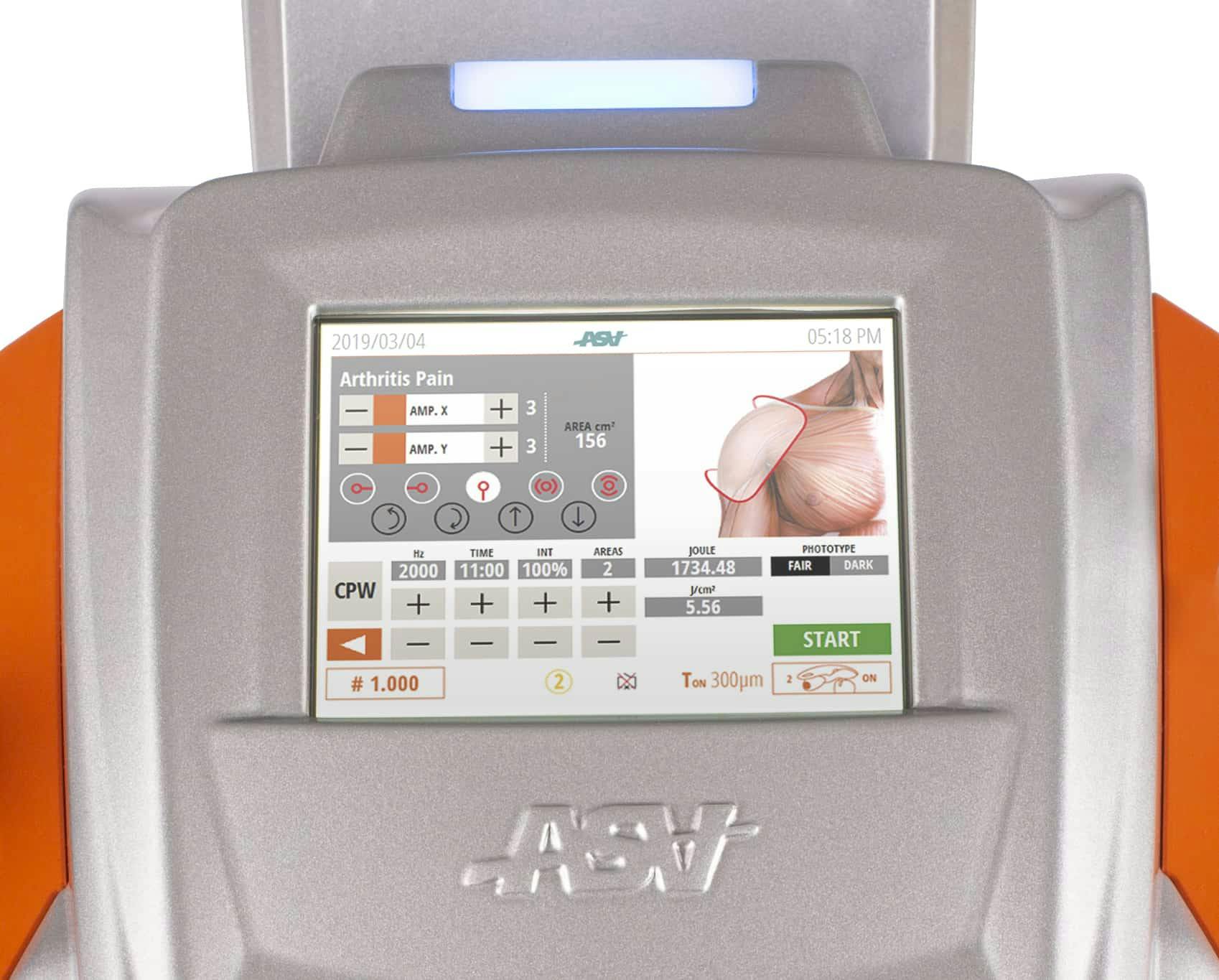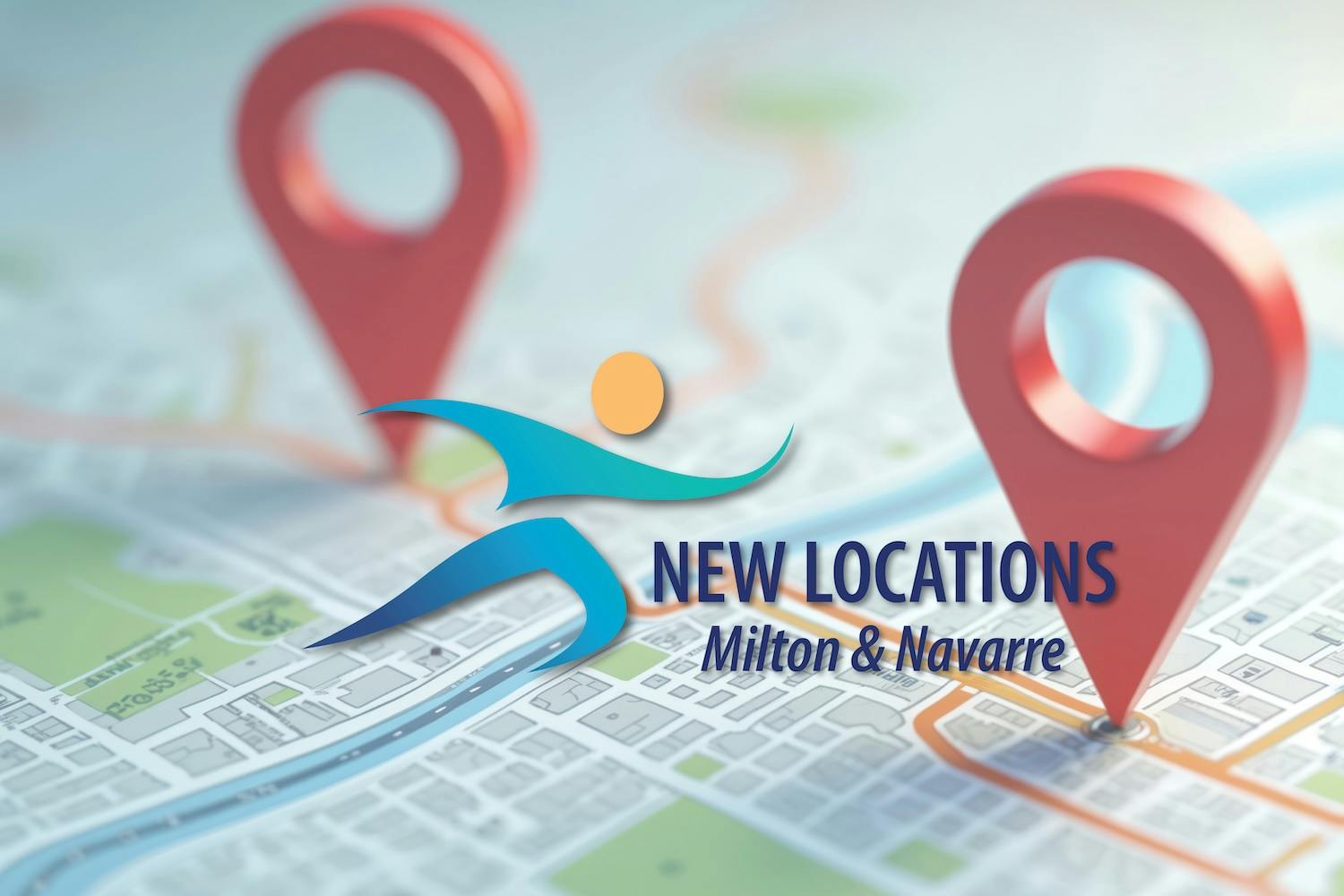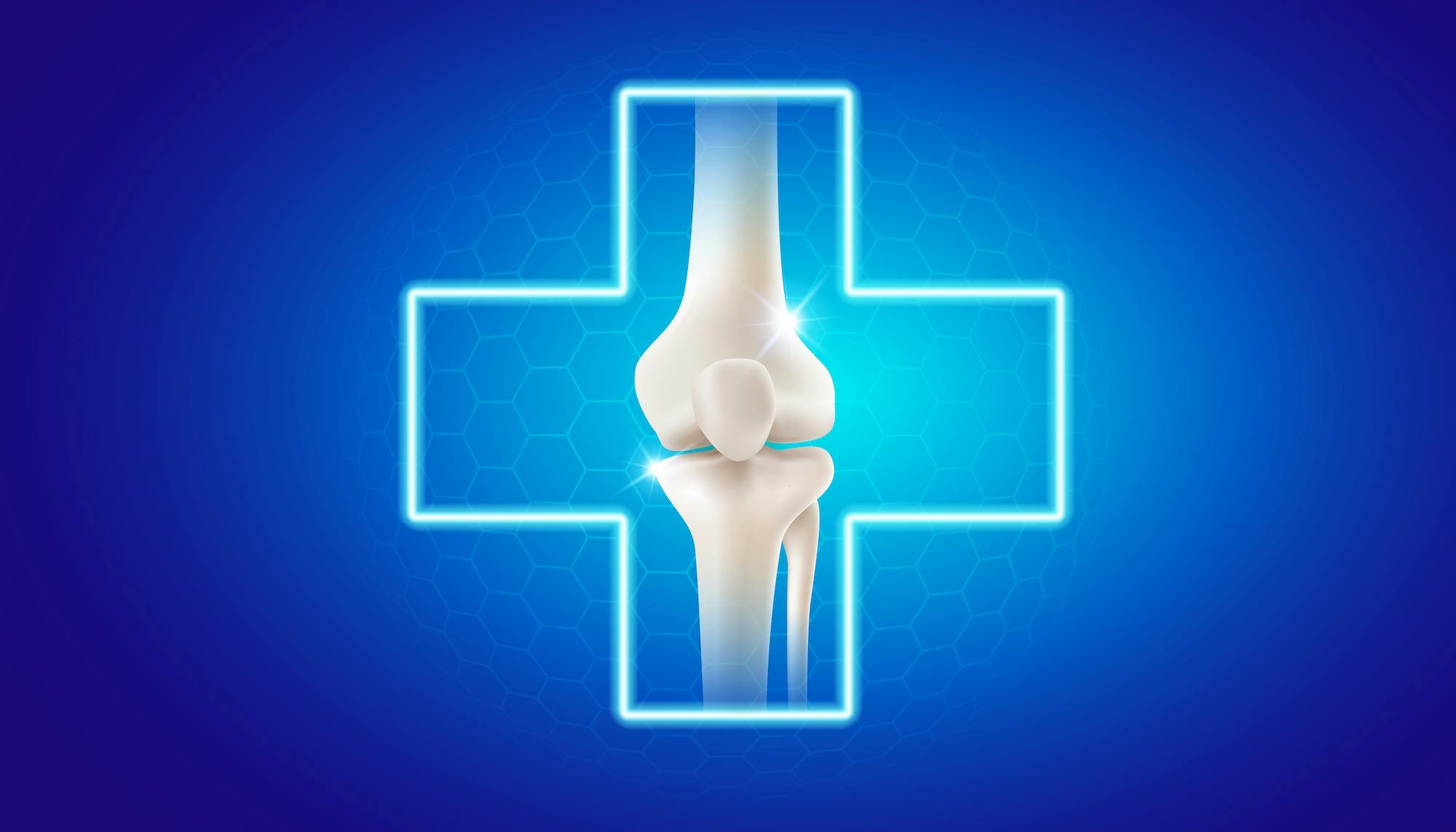- Blog
Orthopedic Laser Therapy 5 Facts
Posted on 04-16-2025 in Technology by Dr. Erik Nilssen, Dr. Sonya Ahmed

Posted on 04-16-2025 in Technology by Dr. Erik Nilssen, Dr. Sonya Ahmed
The United States is currently fighting an opioid epidemic on a scale never before seen in the history of our nation. Billions of dollars have been spent in an attempt to mediate the devastating effects of the rampant overuse of prescription opioids, including fighting the heroin addictions that often arise when prescription pills become too expensive for addicted patients. In the last two years, impacted states like Ohio and West Virginia have banded together to sue the large pharmaceutical companies that profited off of the sale of opioids even after knowing about their damaging side effects, mirroring the legal strategies that took down Big Tobacco in the 1990s. The resulting settlements have ranged from hundreds of millions to many billions of dollars, and there are more to come. In fact, plaintiffs recently rejected one of the largest settlement offers to date after investigators revealed that the Sackler family, owners of Perdue Pharma, one of the largest profiteers of the opioid crisis, transferred $10 billion out of the company and into overseas accounts as pressure began to mount on the company and its role in perpetuating the devastation.
Amidst all of this, providers across the country have dedicated time, money, and effort to creating pain management strategies that minimize or completely eliminate the use of opioids in the continuum of care. State and local governments have also gotten in on the action, passing legislation–like HB 451 here in Florida–that seeks to reign in the prescribing patterns of non-compliant providers. From all sides, physicians, researchers, and regulatory bodies alike have been busy attacking the problem and looking for unique ways to minimize the use of opioid pain medications for their patients and constituents.
One of the most exciting avenues of inquiry that has been explored along the way is the use of non-opioid pain management interventions, like the use of nerve blocks following surgery and mindful meditation to control pain. To that end, North Florida Bone & Joint Specialists is very excited to be the first provider group in the Panhandle to offer a ground-breaking, non-opioid therapy for the management of chronic and acute pain: Orthopedic Laser Therapy.
1. What is Orthopedic Laser Therapy?
Orthopedic Laser Therapy is an exciting new offering from Dr. Scott Sigman, a pioneer in the field of opioid-sparing surgery. Dr. Sigman is a practicing orthopedic surgeon in Massachusetts with a passion for identifying ways for his patients–and the patients of his colleagues–to manage their pain without the use of opioid pain medications. Orthopedic Laser Therapy machines are powered by the MLS Robotic Laser, a cold laser system that can be used to reduce pain and inflammation caused by acute injury, arthritis, or surgery.
2. How does it work?
Orthopedic Laser Therapy works by producing specific wavelengths of light (lasers!) and directing them into damaged cells, stimulating cellular activity that can promote healing and drive recovery. This cellular activity can reduce pain, eliminate swelling, and accelerate your recovery timeline, getting you back to your life quickly and without the use of narcotics.
The MLS system is FDA-approved for the treatment of pain, inflammation, and edema, and is generally accepted to be very safe, with no known side effects. It has been used for decades in Europe and has recently “jumped the pond” to find a home in American medicine. The treatment lasts anywhere from 8-10 minutes per session, with most patients finding pain relief that compounds with each additional treatment after two to four sessions; most patients undergo a total of seven to ten treatments during recovery.
3. Who is a candidate for Orthopedic Laser Therapy?
Anyone who is suffering from acute or chronic pain could be a candidate for treatment in an Orthopedic Laser Therapy clinic. The procedure has been proven effective in the management of pain resulting from arthritis, degenerative musculoskeletal conditions, wounds, post-surgical pain, nerve pain, and referred pain. However, you should speak with your doctor before undergoing any procedure, including Orthopedic Laser Therapy, to discuss the risks and benefits of the procedure and to make sure it is right for you.
4. How much does it cost? Will insurance cover it?
Unfortunately, like many cutting-edge treatments, Orthopedic Laser Therapy is not covered by most insurance plans. However, we believe in Orthopedic Laser Therapy and are doing everything we can to make this revolutionary treatment available to as many people as we can. As such, we have priced the treatments as aggressively as possible: $60 for an individual session, $360 for a round of six sessions, or $600 for a package of ten sessions. In addition, those who choose to pay in full at the first treatment will receive a discount. HSA/HRA plans consider laser therapy as an acceptable medical expense.
5. What should I expect during and after a session?
Orthopedic Laser Therapy is a painless procedure that generally lasts eight to ten minutes. During the procedure, our technician will help position you on a procedure table so that you’re resting comfortably and the area identified for treatment is exposed to the laser. It is common to experience a faintly pleasing sensation, like tingling, at the point of application during treatment, but you should never feel pain at any time.
Once your session is over, our technician will help you off the table and out of the room. Some patients experience relief immediately, while others will require one or more follow-up sessions to start really seeing results. Most patients experience positive changes in their pain and inflammation levels with two to four visits, and our average course of treatment is seven to ten total sessions. The effects of the MLS laser are cumulative, meaning each session has the potential to compound, building on the effects of the previous treatments and bringing patients additional relief. Because the goal of an Orthopedic Laser Therapy treatment regimen is to drive recovery, once you are feeling better the results should stay and not dissipate, as healing as completed.
If you would like to learn more about Orthopedic Laser Therapy, please contact our office today!

March is National Nutrition Month®, and as part of the conversation, the North Florida Bone & Joint team wants to emphasize the impact diet can have on your bone health. Before diving in, it's essential to understand the role the skeleton plays in your body. Specifically, the skeleton—and the bones its comprised of—serve the following functions:

At North Florida Bone & Joint Specialists, we’re committed to delivering convenient, expert care throughout the Gulf Coast. As part of that commitment, we’re excited to announce the expansion of our clinical office footprint. In March, we opened two new locations in Milton and Navarre, FL, further enhancing our ability to serve patients across Northwest Florida.

Valentine’s Day is all about love—so why not show your joints some love, too? Whether you’re an athlete, an active adult, or simply looking to maintain mobility as you age, taking care of your joints is essential for long-term health and well-being. At North Florida Bone & Joint Specialists, we believe that self-care isn’t just about relaxation—it’s about making intentional choices to keep your body strong, pain-free, and resilient. Here are four self-care tips to keep your joints healthy and moving with ease: